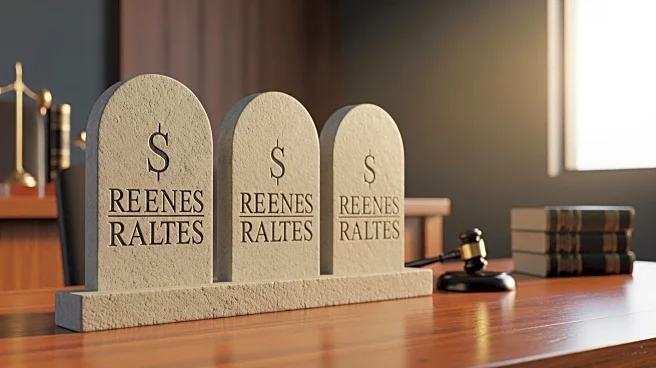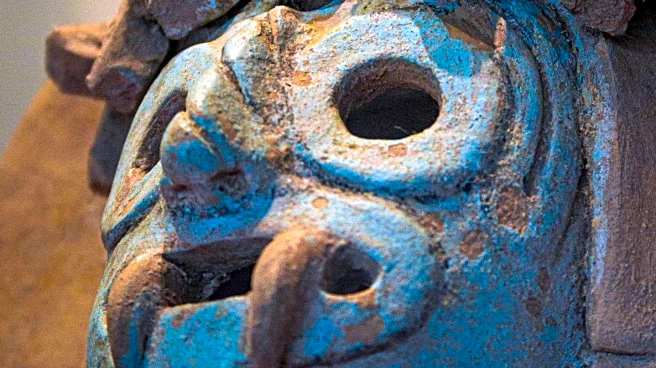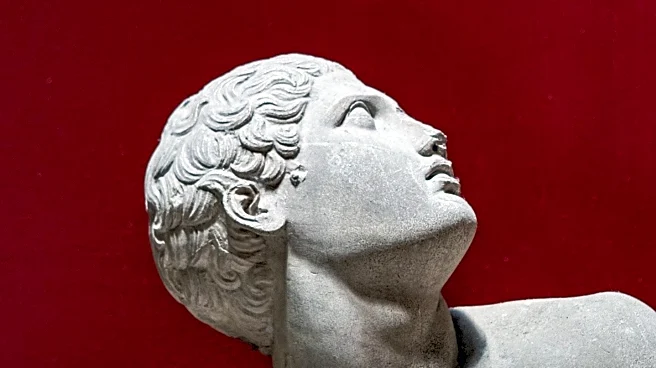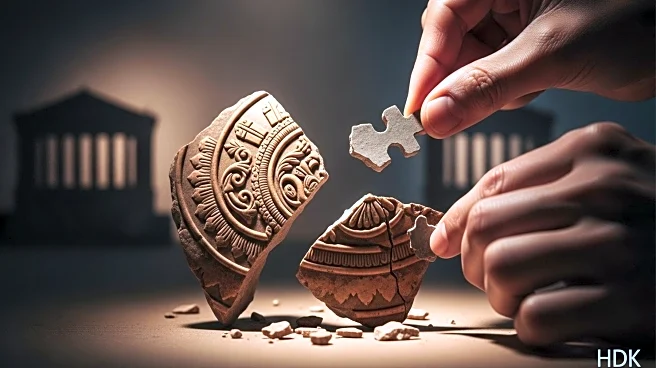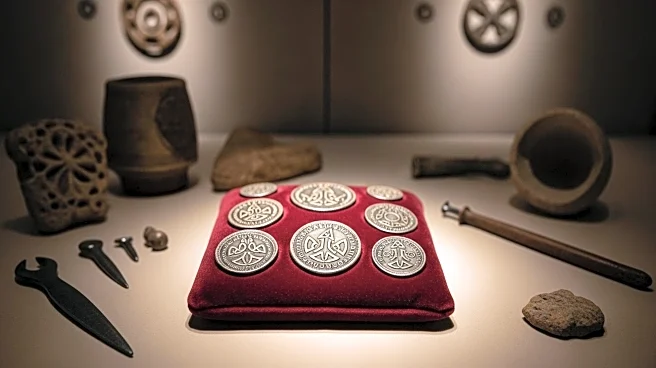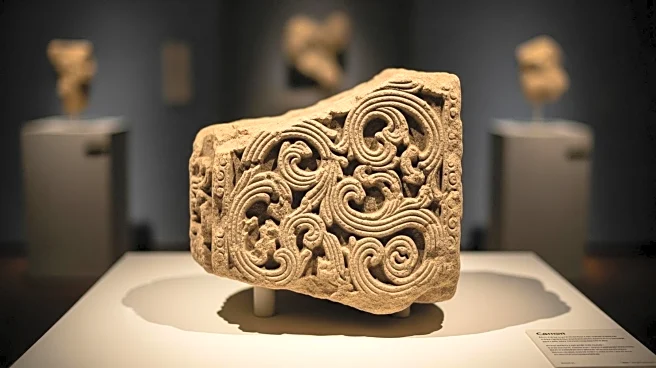What's Happening?
A couple in New Orleans discovered a 1,900-year-old Roman grave marker in their yard, sparking efforts to return it to Italy. The discovery was made by Tulane University anthropologist Daniella Santoro and her husband, Aaron Lorenz. The grave marker, dedicated to Roman sailor Sextus Congenius Verus, was identified with the help of archaeologists and classical studies experts. The stone is believed to have been brought to New Orleans in the 20th century, possibly after World War II. The FBI's art crime team is involved in the repatriation process.
Why It's Important?
The discovery highlights the intersection of historical artifacts and modern-day property ownership, raising questions about the provenance of such items. The repatriation effort underscores the importance of returning cultural heritage items to their countries of origin, fostering international cooperation and respect for historical artifacts. It also sheds light on the potential for historical items to be displaced during wartime, emphasizing the need for vigilance in preserving cultural heritage.
What's Next?
The repatriation process involves coordination with Italian authorities and the FBI's art crime team. The Civitavecchia museum in Italy, where the stone was originally housed, is preparing to celebrate its return. Further investigation may be conducted to trace the stone's journey to New Orleans, although the exact circumstances remain unclear.
Beyond the Headlines
The case reflects broader issues of cultural heritage preservation and the ethical responsibilities of individuals who discover historical artifacts. It also highlights the role of academic and governmental institutions in facilitating the return of such items, promoting cultural diplomacy.


